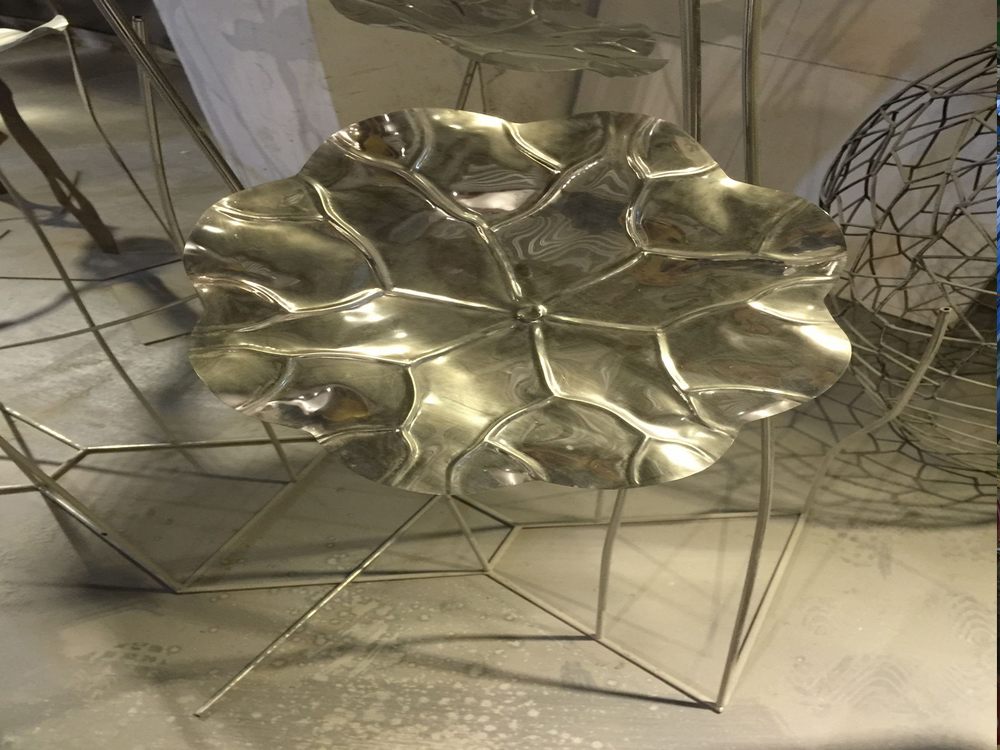
Creating the illusion of depth on flat or curved stone surfaces is a hallmark of skilled engravers. Artists employ a combination of technical precision and artistic intuition to transform rigid stone into dynamic, lifelike compositions. One primary method involves varying line depth—deeper cuts catch shadows dramatically, making elements appear closer, while shallower grooves recede into the background. Cross-hatching and stippling techniques build tonal gradations, mimicking natural shadows that suggest volume.
Strategic perspective plays a crucial role. Overlapping elements (where foreground objects partially obscure others) instantly establish spatial relationships. Master engravers also manipulate scale, carving foreground details larger with sharper definition, while background features diminish in size and clarity—a principle borrowed from classical painting.
Texture contrast further enhances depth. Rough, heavily tooled areas advance visually against smoothly polished sections. Some artists even incorporate actual layered stone or colored inlays to heighten dimensionality. Modern practitioners may use rotary tools with diamond bits for precision depth control, but traditional chisel-and-hammer methods remain revered for their organic shadow play.
The magic culminates in light interaction. Angled lighting during display transforms static carvings into ever-changing pieces, as shadows shift with the sun or gallery spotlights, proving depth in stone isn’t an illusion—it’s a carefully engineered reality.

